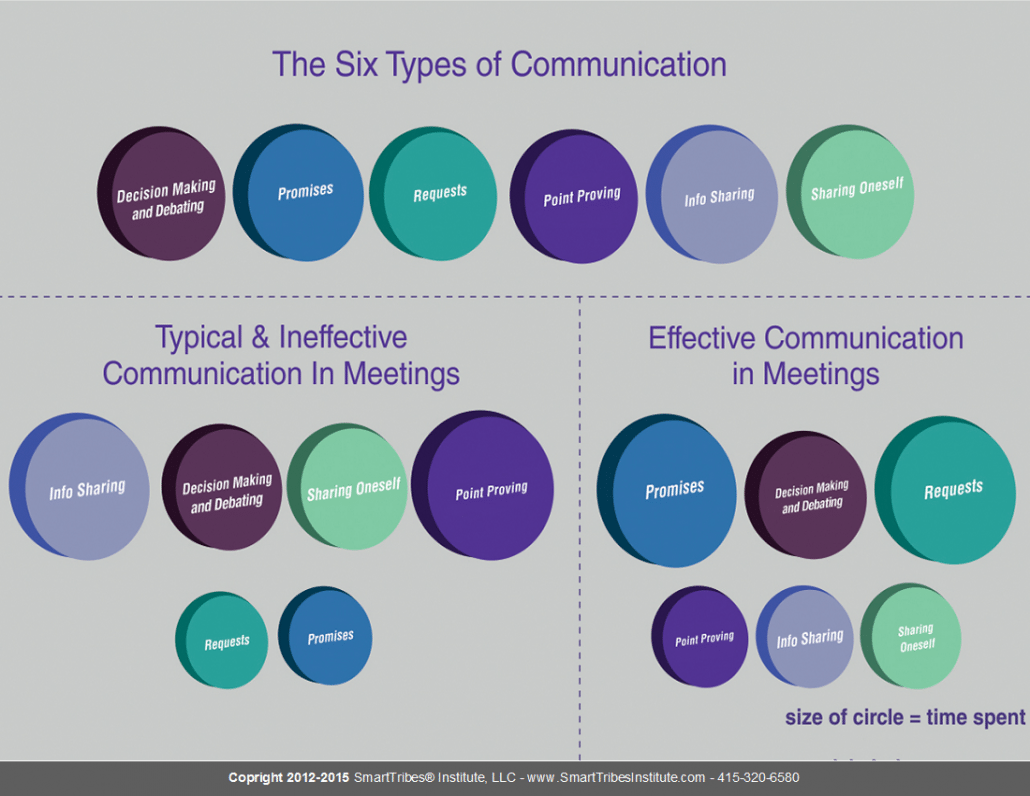
Featuring case studies and proven techniques, Power Your Tribe provides a set of powerful neuroscience-based tools to help managers identify emotions, release resistance, end isolation, focus on outcomes, and course-correct for continued success.

*As originally seen on Forbes.com
Often leaders assume that they are leading from excellence and that their team is engaged. The challenge with thinking that you are an awesome leader is many feedback cues are lost in translation, and that’s when leadership derailment can happen.
Are you leading from excellence or from ignorance?

The challenge with thinking that you are an awesome leader is many feedback cues are lost in translation.
A recent blog from Harvard Business Review discussed leadership derailment. According to author Scott Gregory, “The key leadership derailment characteristics of bad managers are well documented and fall into three broad behavioral categories: (1) “moving away behaviors,” which create distance from others through hyper-emotionality, diminished communication, and skepticism that erodes trust; (2) “moving against behaviors,” which overpower and manipulate people while aggrandizing the self; and (3) “moving toward behaviors,” which include being ingratiating, overly conforming, and reluctant to take chances or stand up for one’s team.”
Let’s look at what to change (the suboptimal behavior), what to create (the optimal behavior) and a neuro-based strategy to help build momentum.
Behavior Scenario #1
Optimal Behavior: Healthy Moving Towards
Neuro-Based Strategy

The six types of communication
Another helpful tool to bring people together and avoid leadership derailment is an outcome frame. This tool brings people together around a shared outcome, shared responsibilities, and a shared action plan.
Behavior Scenario #2
Suboptimal Behavior: Moving Against
Optimal Behavior: Moving With
Neuro-Based Strategy
We all create our own subjective reality from our perception of the input we receive. Understanding and checking our biases lead to better decisions and more accurate cognition. When we understand, we make better decisions. Workplace bullying is frighteningly common and takes an enormous toll on our organization. Almost 75% of employees have been affected, whether as a target or a witness. What can you do? The first step is to confront the bully, using my formal feedback frame. Also, make sure there are organizational structures which place the focus on problem solving and fair performance markers.
Another tool is to understand the emotional experience of others in their interactions with you. Boosting your emotional intelligence will help a lot.
Behavior Scenario #3
Suboptimal Behavior: Moving Towards Without Neuroscience
Optimal Behavior: Moving Towards With Neuroscience
Neuro-Based Strategy
Identity and tribal movement are fluid, this is why the outcome frame and feedback frame are popular with my executive coaching clients. These two tools help ensure the leader stands in their energetic weight and ensures the team member is crystal clear about what their leader wants, the importance of their role in the organization and why we are all here and in this together. These two tools lock in the bigger picture and remind us of the mission, vision and values of our organization. If we don’t revisit our why, we can easily become disengaged. In addition, showing appreciation is key in recognizing that our individual team members are seen. As leaders, we must show we have their back and know how hard they are working toward our common goal.
Shared Identity + Profound Meaning = Tribe = Trust
Trust creates reliable environments. A more enriched, interactive tribal environment is good for the brain and good for the business. What do we mean by enriched? This environment is interactive, stimulating and thus increases the surface area of brain cells. The result? Team members make more connections, solve problems faster and innovate better.
_________________________________________________________________________________________________

Featuring case studies and proven techniques, Power Your Tribe provides a set of powerful neuroscience-based tools to help managers identify emotions, release resistance, end isolation, focus on outcomes, and course-correct for continued success.
_______________________________________________________________________________________________________



